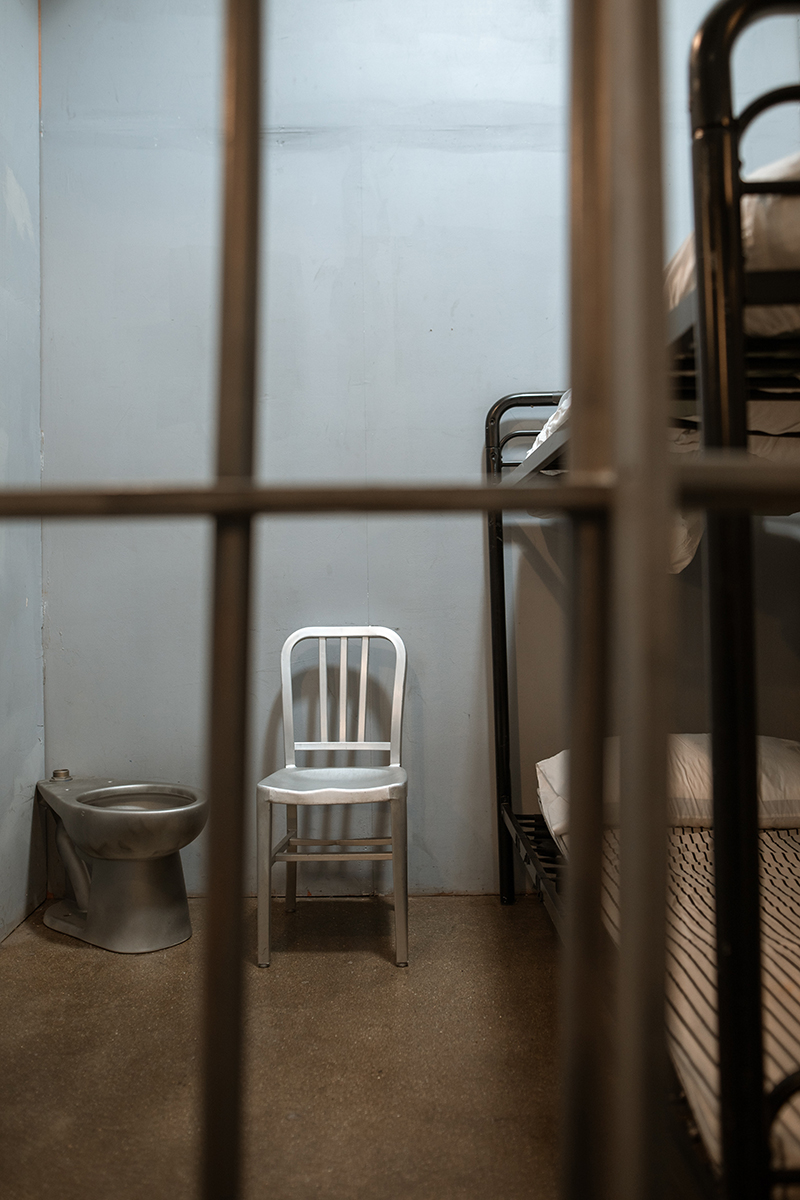On July 1, California will close its three remaining juvenile justice facilities. Located in Stockton and Ventura, the three facilities house just 300 juvenile offenders – down from a system high of 8000 ten years ago. Once closed, the 300 inmates will be returned to the county from which they were committed. New admissions to the state-run system ended in 2021.
Like AB 109, which has transferred tens of thousands of prison inmates to county jails since it was first enacted in 2011, Governor Newsom calls the juvenile program “realignment” with one big difference. AB 109 transferred the so called “triple nons” – non violent, non serious, and non sexual offenders – to county jails. Hundreds of millions of dollars have been lavished on county sheriff’s offices to bolster their jails capacity and staffing. SB 823, the juvenile version of realignment, provides no such budget windfall for the states 58 county juvenile facilities, the bulk of which were designed for pre-trial and short-term stays.
Counties are further challenged by the very nature of juvenile law. There are three categories of juveniles under state supervision:
- 300’s – Social Service Placements – They are typically foster youth who are in state care due to the absence of family care or for their safety.
- 601’s – Status Offenders – They are youth who have committed crimes that are crimes only because they are juveniles like truancy, minor in possession of alcohol, and curfew.
- 602’s – Criminal Offenders – They are those who have violated any law of the state.
None of the three categories of offenders can be housed together. 300’s cannot be inside the secure portion of a facility where criminal offenders are held. Inside the facilities, probation staff further need to classify juveniles and separate those who are pending trial from those who are convicted; the non-violent from the violent, rival gang members; the unsophisticated from the sophisticated; and in general the youthful from the adults. Under SB 823 local juvenile facilities will house people as young as 14 and as old as 25 – the age at which juvenile court jurisdiction ends. There is no mechanism in the law to transfer a juvenile to an adult facility unless they were tried as an adult or committed a new offense as an adult. Under Prop 57, juveniles being tried as an adult almost never happens.
California’s 58 counties all maintain some level of juvenile custody facility. Where they can’t, they contract with adjacent counties to provide housing. Thanks to SB 823, classification and treatment has become more challenging.
Californians under 18 account for 22 percent of the population or roughly 8.7 million individuals. In 2021, juveniles accounted for 6 percent of homicide arrests, 7 percent of rape arrests, 12 percent of robbery arrests, and just 2 percent of assaults. When one considers that juvenile criminality is only tracked from age 10-17, those percentages are concentrated to only 8 years.
108 juvenile arrests were made for homicide in 2021 and, under the new Prop 57 guidelines, just 28 were referred to adult court for prosecution. Depending on their age, they are held in these soon to close facilities and transferred to the CDCR when they turn 18. For the remaining 80 homicide arrestees, they are held in their county juvenile hall or a contract county facility. After July 1, they will all be held in local juvenile halls that are not ready for the influx.
While it is good news that overall juvenile arrests were down from 2020-2021 (the last two full years of statistics), the problem is homicides rose from 79 to 108, an increase of 27.8 percent.
County juvenile facilities are not only understaffed, but lack the mental health professionals necessary to care for offenders. And most offenders will be released on their 25th birthday.
Take the 2015 case of eight year old Maddy Middleton of Santa Cruz who “died a slow, “torturous” death at the hands of a sadistic young killer,” according to Assistant District Attorney Rafael Vasquez. Maddy’s killer, Adrian Gonzalez was almost 16 years old when he lured her to his apartment, sexually abusing, stabbing, and strangulating her, before putting her body in garbage bag and depositing it in a nearby dumpster.
Hopefully, Santa Cruz County is doing what Prop 57 proponents promised and is rehabilitating Gonzalez, who will be released in 2024.
These murderers are not geographically distributed amongst the 58 counties. The biggest percentage are from Los Angeles, which on May 23rd was ordered to close two of its “troubled” juvenile halls. Those 300 juveniles will be moved to a now empty facility that was itself closed in 2019 over abuse allegations. Over one hundred more will be arriving soon.
Like the rest of California’s criminal justice system, LA County does not have the manpower to staff its juvenile facilities. And it’s not just custodial staff, known as group supervisors. Counties are struggling to fill mental health positions vital to effective treatment. Unfortunately, California has distributed a paltry $20 million to prepare counties for the transfer.
With July 1 just a few weeks away, I fear it will be too little too late.
Steve Smith is a senior fellow in urban studies at the Pacific Research Institute, and is the author of the new PRI study on California’s growing crime trend, “Paradise Lost.”

